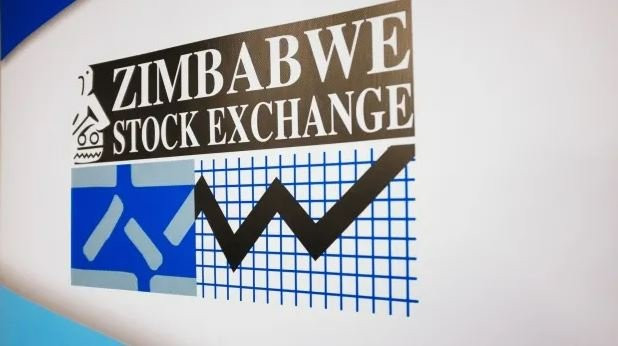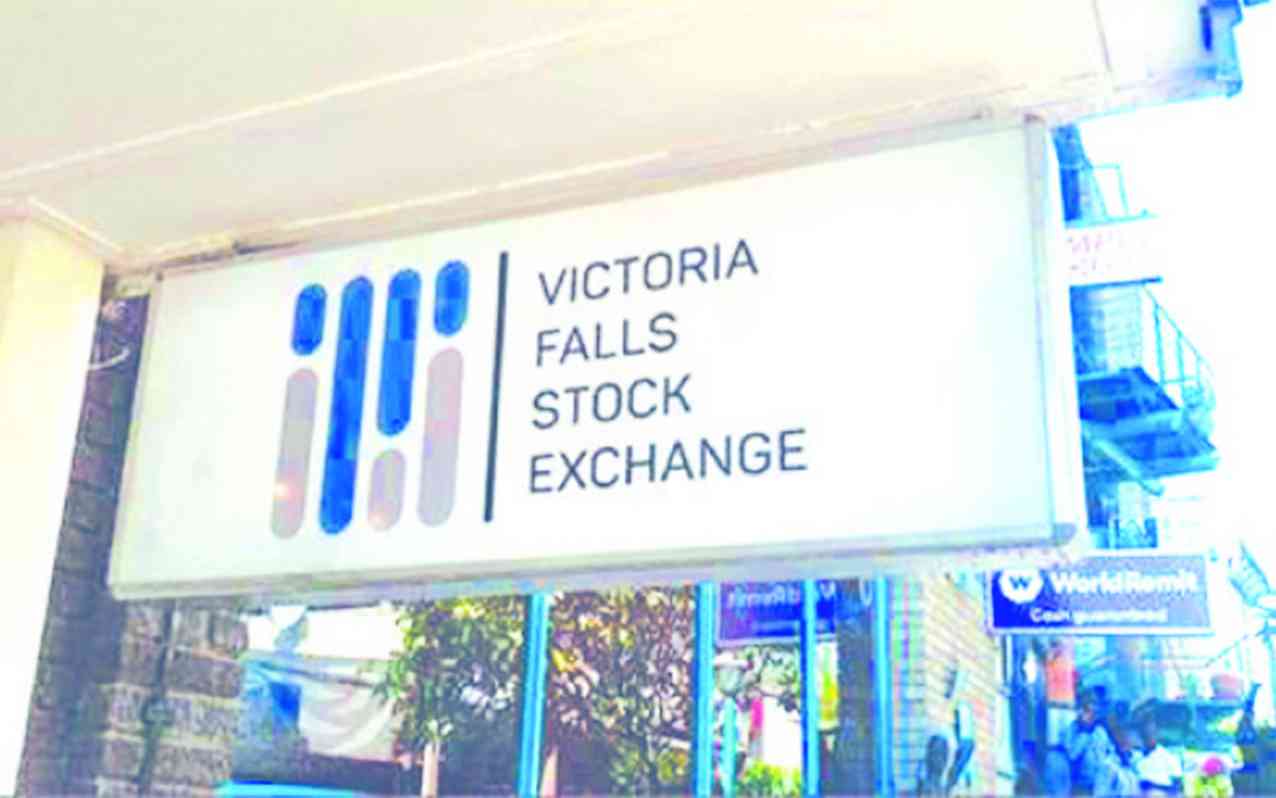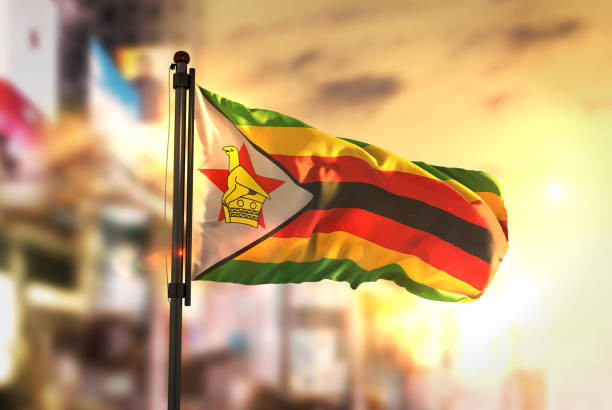
THE current challenges spiralling from foreign and local currency developments in Zimbabwe continue to drive cashflow challenges among businesses and investors, but we observe that several companies keep on declaring dividends to shareholders regardless.
Since May 2022, the central bank and the Ministry of Finance and Economic Development have squeezed out much of the Zimbabwean dollar (ZWL) in circulation. However, restrictions on multi-pricing continue to lax, with the latest policy revision being in the technology, media and telecommunications (TMT) sector.
ZHL declared its first USD since the country moved to the ZWL in 1H22. Delta Corporation, OK Zimbabwe, and Meikles Limited declared dividends for the FY22 year in both ZWL and USD. Several financial services companies declared an interim dividend in ZWL. We believe that these dividends offer insights, provided one can extract the information from a holistic perspective.
We unpack the theory behind the information content of dividends and contextualise it below.
The study of information content in dividends dates back to 1961 when Miller and Modigliani hypothesised that dividends signal higher cashflows or profits in the future.
This has been challenged over the years, with documented evidence to both sides of the argument. Evidence of dividend signalling has been observed in stocks listed in developed markets, such as Coca Cola and Lowes Companies between 2016 and 2018.
However, other researchers failed to find evidence of this signal in dividends among thousands of dividend announcements between 1964 and 2013.
Instead, they found evidence of dividends’ ability to foretell future earnings or cash volatility, where higher dividend pay-outs were associated with lower earnings volatility and vice-versa.
- Zimbabwe’ banks are bleeding
- In Conversation with Trevor: Livingstone Gwata: Why I retired early
- Inside listed companies: Listed companies stand their ground in difficult year
- Zimbabwe’ banks are bleeding
Keep Reading
In other cases, a declaration of dividends signals that the business no longer sees opportunities in the market that can return value to shareholders better than a dividend.
On the off chance that management believes that its company’s shares are undervalued, they might opt for a share buyback programme, which offers the firm the opportunity to better utilise excess cashflows through buying its own shares back from investors.
If the company is truly undervalued, this could be a success for the business and its shareholders when equity prices re-rate in line with management expectations.
In the same vein, a dividend-paying company can cut or scrap dividends if they find growth opportunities that can improve shareholder returns.
Given that internally generated funds are the cheapest source of capital, companies often forego dividends and divert funds to these opportunities.
In Zimbabwe, undertaking similar studies on a dividend’s information content is often nullified by noise in the data. However, few instances of changes in dividend policies reveal some evidence of the effects of dividend signals on stock price movements, albeit shrouded by other prevailing macroeconomic drivers.
Axia Corporation, for example, saw a dip in its share price after it forfeited a dividend in FY21. While the decision was driven by the need to fund new growth opportunities – which should have been interpreted as a positive signal – the effect on the share price was largely negative as it shed 25% from ZW$33,49 (US$0,05) to ZW$$25,25 (US$0,04) in the four days that followed the announcement.
However, a look at the group’s latest interim results shows a surge in operating cashflows from US$200 000 in 1H2021 to US$9,9m in 1H22 using conservative market rates.
There are also several instances in the last decade where an increase in Delta Corporation’s dividend per share was followed by an increase in operating cash flows.
Between 2011 and 2022, there are five instances where Delta increased the USD equivalent of its total dividend compared to the prior year and recorded an increase in the USD value of its operating cashflows in the following year.
Similarly, there are two instances where a decline in the USD equivalent of its total dividend preceded lower operating cashflows compared to the prior year.
The collated result from these observations shows that dividend signalling theory held true in seven out of 10 instances and this merits a case for the existence of information content in dividends among ZSE stocks.
We also observe that Zimbabwe’s unique economic environment merits an investigation into the impact of a company’s ability to generate USD on the choice of currency used in dividends declared.
Businesses that are near cash, such as manufacturers and retailers, have begun declaring dividends in both USD and ZWL and we opine that this is influenced by the need to balance currency demands.
These companies distributed much less than they received in USD revenues in 2022 because of the imperative to resume capital expenditure which had stalled since 2019.
The subsequent reconfiguration of ZWL usage also allowed these businesses to sustain a dividend in the local currency. However, going forward we observe a tight hold in ZWL by the government and central bank which will likely affect the dividend policy of several companies.
We make several inferences to companies that have declared dividends in the last five years based on the short analyses above and the current macro-economic environment, which are as follows:
Manufacturing businesses that are not near-cash will likely forego a dividend in the current period given the high demand for local currency and low USD-generating capacity (SeedCo Limited)
Established and fundamentally solid businesses on an expansion drive will either forego a dividend or adopt a conservative USD and ZWL dividend pay-out ratio (Delta, Meikles, BAT, Axia, Simbisa Brands)
Value stocks will continue paying a dividend, which could be in USD more than ZWL given the current shortage of local currency (Innscor, National Foods, African Distillers, Hippo Valley)
Financial services companies are likely to increase USD dividends given an increasing contribution of USD income to lending and insurance operations (First Capital, FBC Holdings, ZHL).
- Mtutu is a research analyst at Morgan & Co. — tafara@morganzim.com or +263 774 795 854.










